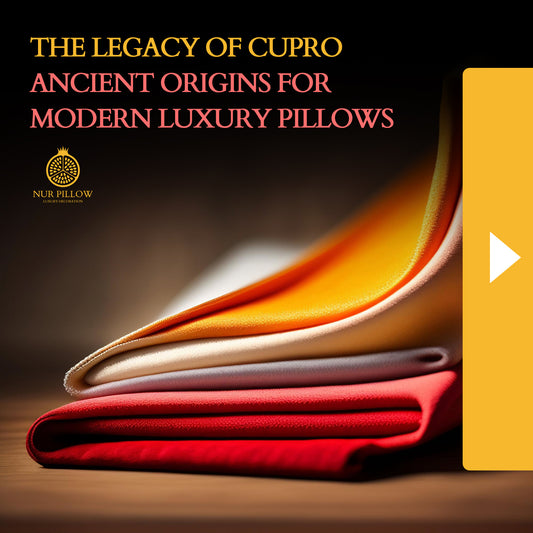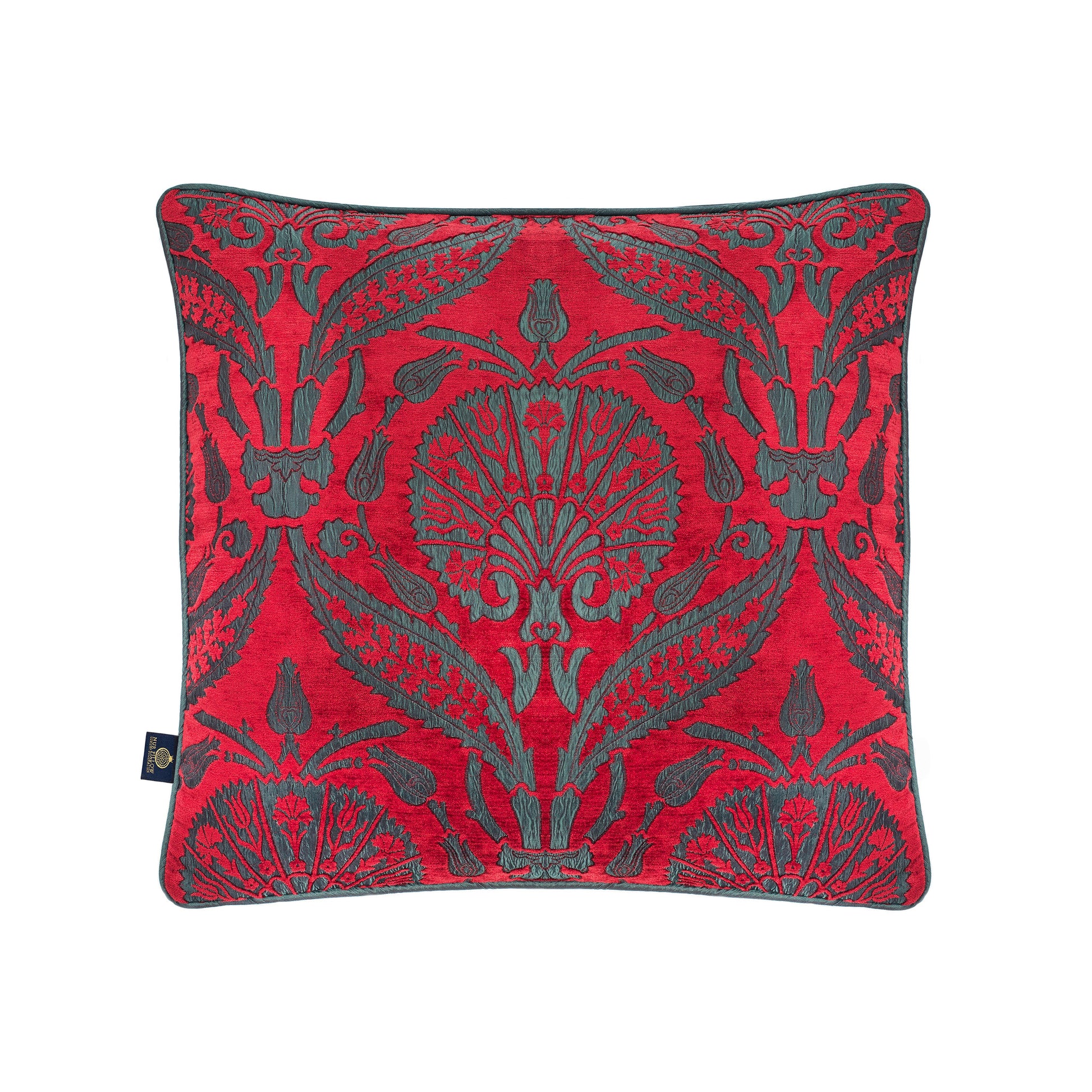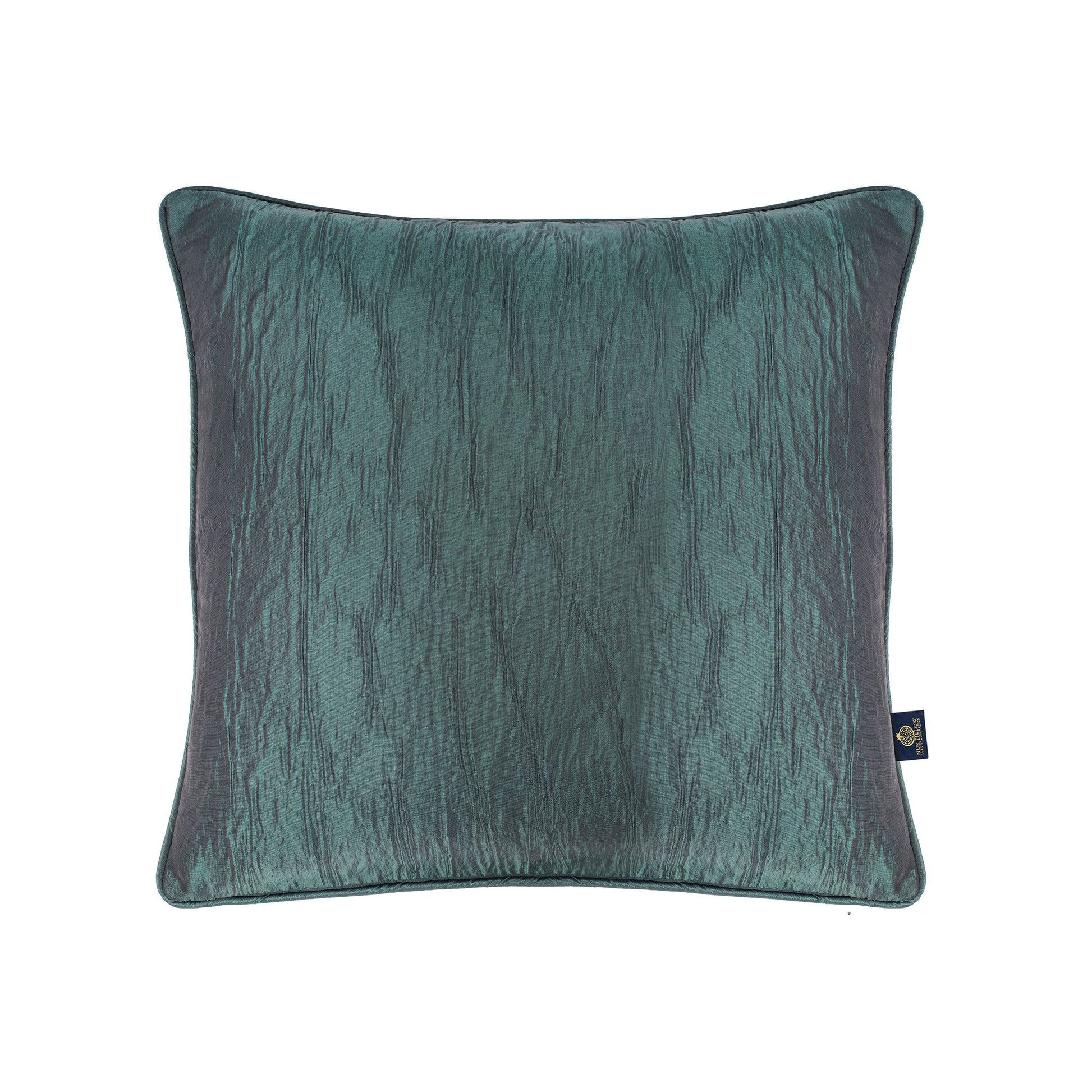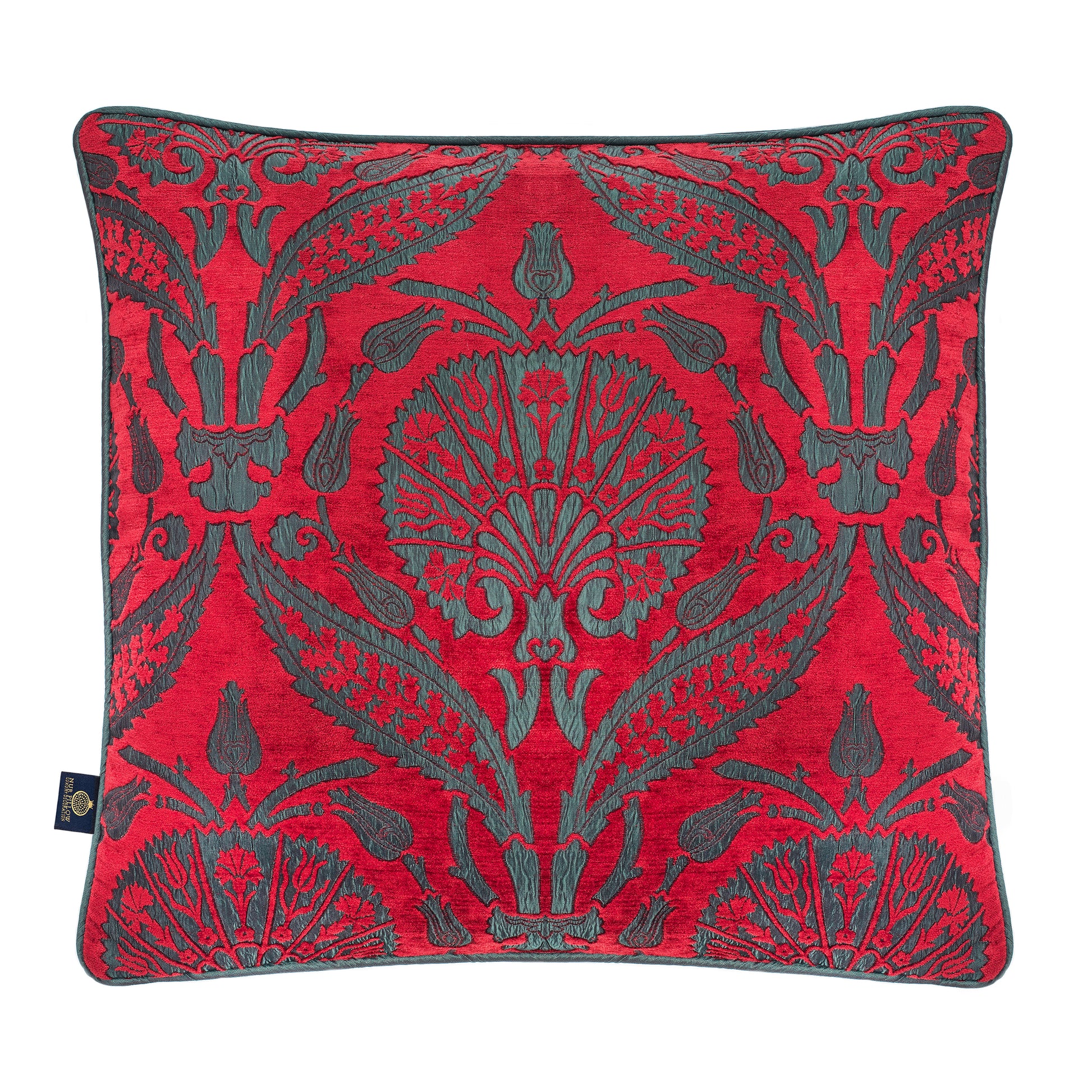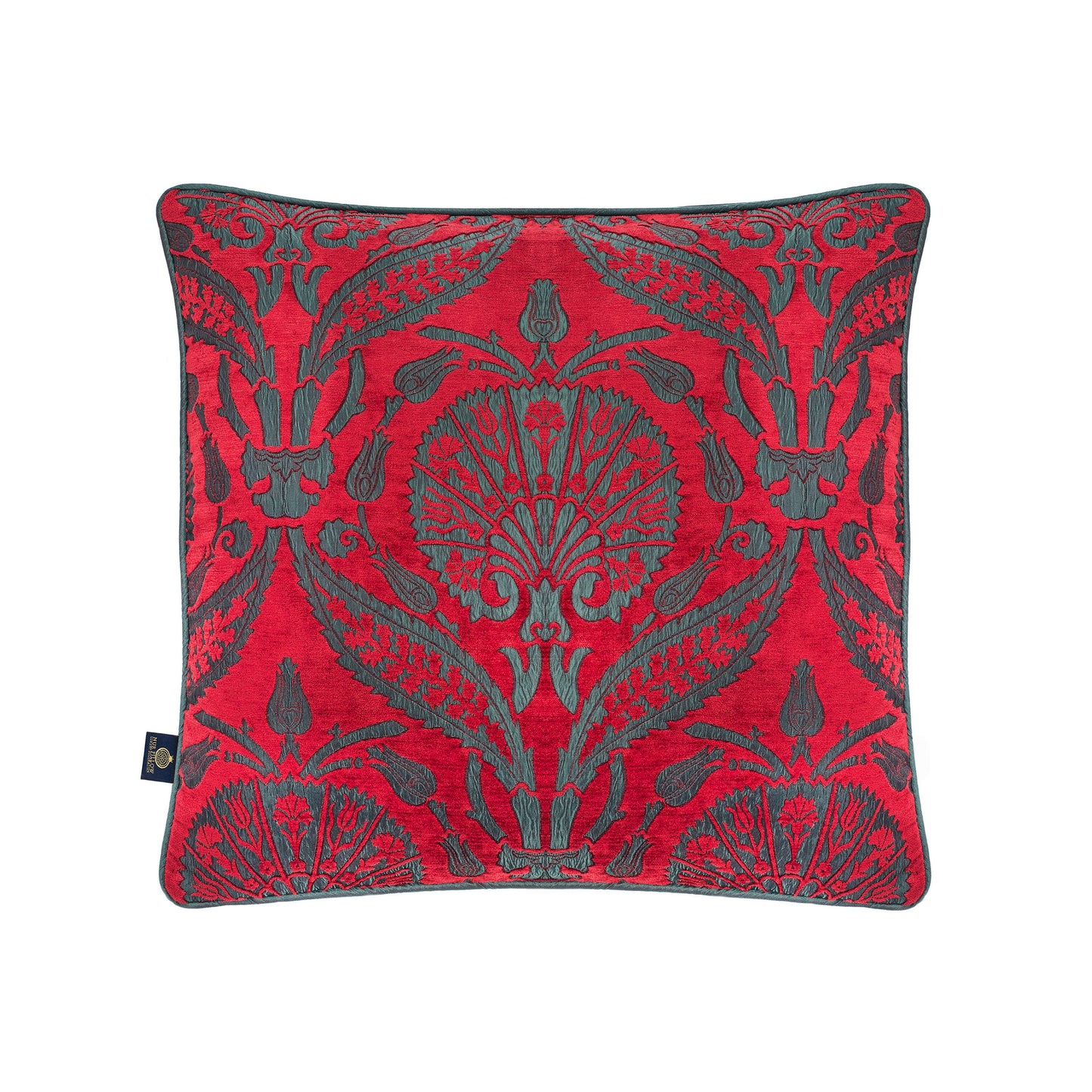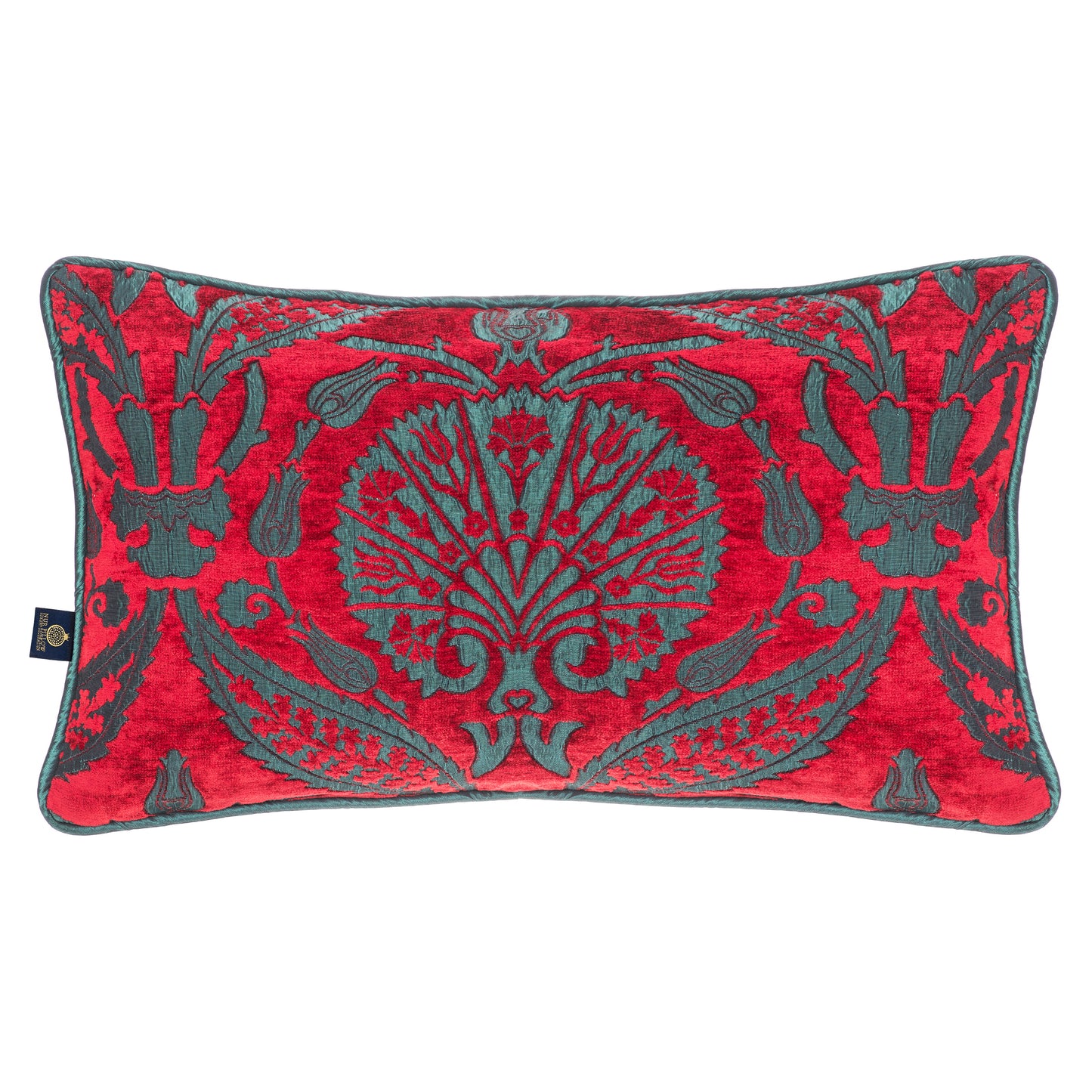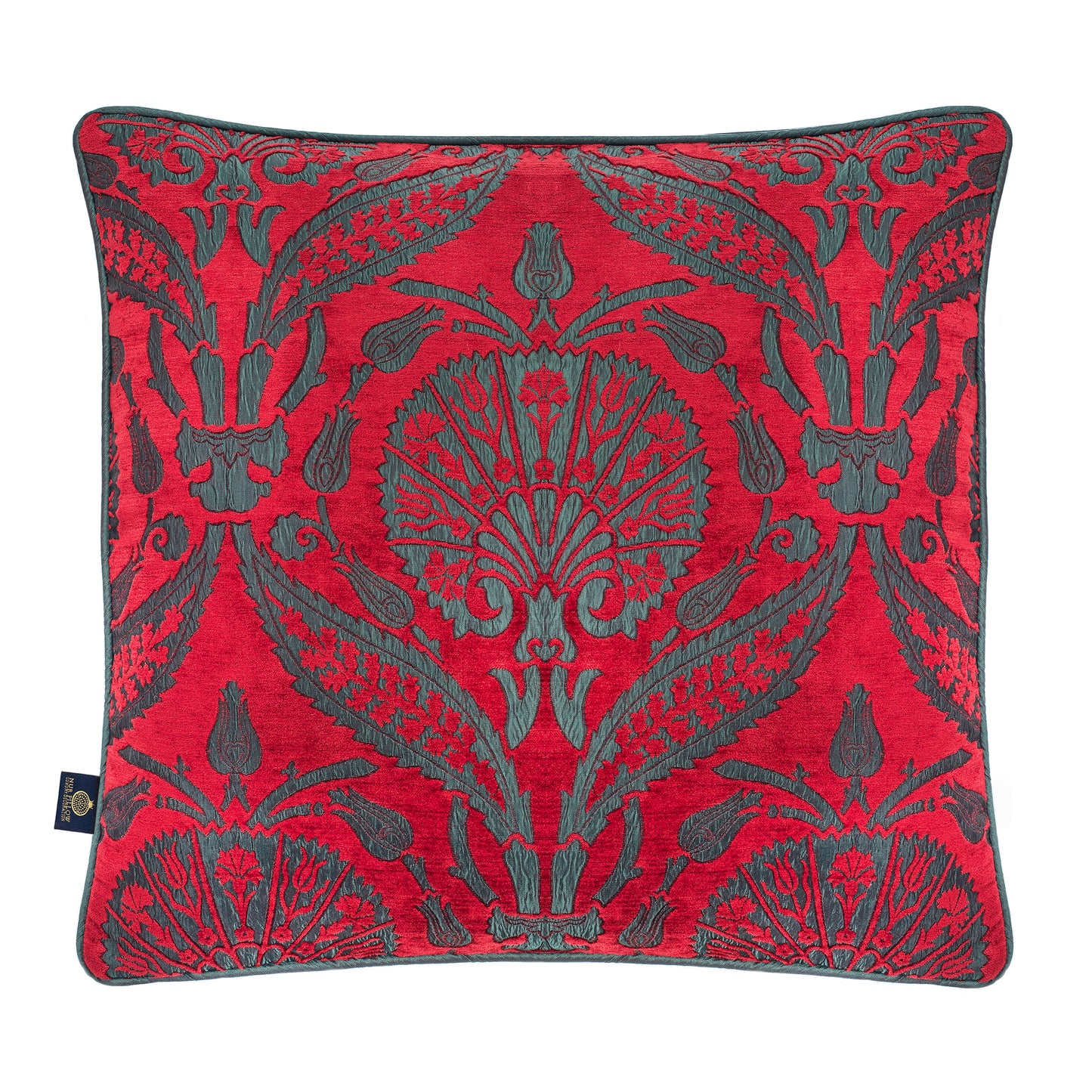Discover cupro fabric – the eco-friendly, vegan silk alternative made from recycled cotton clothing. Learn what cupro fabric is and how it's made in this comprehensive guide. Explore the benefits of using cupro material and enhance your knowledge of sustainable textiles with Nur Pillow.
A new "eco-friendly cloth" seems to enter the market every day. Ethical wool is obtained from farms that treat their animals with respect and care, whereas Lyocell is gathered from sustainably managed forests. I'm glad to see that there are more and more possibilities for fabrics like these that don't involve using harmful chemicals or injuring animals. My ears perked up at the term "vegan silk," and I immediately set out to educate myself on cupro fabric.
What Exactly is the Cupro Fabric?
Each and every piece of clothing that is constructed with natural fiber will, at some point, outlive its usefulness. T-shirts that have seen better days may be recycled into a material that is frequently referred to as "cupro" or "Cupra" on Chinese textile websites. This material is typically made from cotton clothes that have been worn and then thrown away after usage.

Because it can be recycled, cupro fabric is an appealing choice for those of us who are concerned about the environment. On the other hand, the manufacturing of cuprammonium rayon requires vast quantities of copper, ammonia, and caustic soda—three substances that, if not disposed of correctly, can be harmful to human health. In addition to this, in order for cupro fibers to harden properly, they need to be doused in a number of different chemicals that are harmful to the environment. This results in further damage being done to the ecosystem.
Cupro is neither completely natural nor wholly manufactured, but it is none of those things either. Cupro is yet another example of a Chinese rayon derivative that is marketed as a natural or recycled fiber. The chemical structure of the cellulose in cotton or any other plant product is drastically altered after being exposed to ammonia, copper, and caustic soda, which is why cupro is considered to be a recycled or natural fiber.
Lyocell and Tencel are two examples of fibers that are pretty similar to one another; Chinese textile makers, which the government mainly controls, promote both of these fibers heavily. In the end, fabrics of the rayon type, like cupro, belong to a new group of textiles that, despite the fact that they may be recycled, may have the same detrimental effect on the environment as completely synthetic fibers.
Is Cupro Sustainable?
First, the good news: cupro is a recycled textile since it is produced as a by-product of the cotton manufacturing process. When it is not grown using organic methods, cotton cultivation is known to be an extremely inefficient and labour-heavy operation that necessitates using a substantial quantity of both water and insecticides. Consequently, minimizing waste by using every part of the cotton plant will assist.
Because it is derived from plants rather than silkworms, cupro does not include any form of animal testing or cruelty. Additionally, in contrast to silk, it can be washed in a washing machine, which is a more environmentally friendly method of cleaning than the more delicate process of dry cleaning that is necessary for silk clothes.

In spite of its many advantages, there is no getting around the fact that cuprammonium rayon is manufactured using significant quantities of chemicals known to be hazardous to human health and the environment if improperly disposed of. Even if the chemical baths are reused on several occasions, they must still be disposed of at some point and in some location. There is also no way to determine whether or not the raw material was a byproduct of causing damage to cotton crops. As was previously noted, the majority of cupro is manufactured in China. According to sourcing specialist Sewport, "China's synthetic textile industries are hated across the world as havens for modern-day slave labour." "China continues to sell tons of cupro to Western nations every year," in spite of the environmental and human risks linked with the cupro production process. In addition, there are no certifications for cupro fabric, and its manufacturing was even outlawed in the United States "because of the incapacity of producers to comply with fundamental air and water protection requirements."
Therefore, although cupro is theoretically a recycled and cruelty-free alternative to silk, it is not precisely ethical and sustainable, and there are other vegan alternatives to silk that are available that are worth investigating. If you really have to buy it, look into if the company gives information about the factory where their cupro is produced and the process by which it is processed. When considering the fabric's longevity, it is essential to consider both the working conditions and the production process. In order to make the best ethical decision possible for people, the planet, and animals, you should make sure to pick brands that are open about the practices they use.
Is Cupro Fabric Biodegradable?
Yes! Although it requires a lot of chemicals to create, cupro is a biodegradable fabric since it does not include ammonia, sodium hydroxide, or sulfuric acid in the finished product. When compared to polyester, nylon will produce lesser quantities of greenhouse gasses when it is burned and when it is left to rot in a landfill.

Is Cupro Vegan?
Yes, cupro is suitable for vegans. In order to make cupro, no animals may be injured or killed, nor may they be utilized in any way.
Animals such as cows, sheep, alpacas, goats, ducks, and foxes, among others, are frequently exploited for their skins, hair, or feathers in the fashion industry. In point of fact, billions of people are put to death each and every single year for the sake of fashion.
Where Does the Cupro Fabric Come From?
Cuprammonium rayon is another type of synthetic textile that is primarily manufactured in China, which is also the primary producer of synthetic textiles in general. In spite of the environmental issues that are associated with the production of cuprammonium rayon, China continues to ship tons of "cupro" to countries in Western Europe every year.
How is Cupro Fabric Made?
To produce cuprammonium rayon, the cellulose in a plant product, like cotton garments, is subjected to an ammonium and copper combination during the manufacturing process. Following the formation of the new material that results from the interaction of these two components with the cellulose, the mixture is subjected to caustic soda before being passed through a spinneret.
After the extruded strings have been cleaned, they are submerged in a sequence of hardening baths, which allow the cellulose to be reconstructed while also removing the ammonia, copper, and caustic soda. These baths may be used more than once in some circumstances, but regardless of the circumstances, cuprammonium rayon baths must be disposed of at some point in time and at some location.

How is Cupro Fabric Used?
Cuprammonium rayon is very seldom utilized in the production of accessories; nonetheless, scarves are one of the few exceptions to this rule and occasionally use this material. In many instances, cupro is combined with other types of fibers, either natural or synthetic, to produce a completed garment or accessory with a variety of characteristics.
When combined with other fabric types, cuprammonium rayon may be used to make a variety of blouses, tank tops, t-shirts, sports bras, and other forms of lightweight, intimate clothing. When used alone, cupro is most frequently seen in delicate and see-through clothing, such as gowns that have a close fit.
Because it dries quickly, is kind on the skin, and is extremely soft, cupro fabric is an excellent choice for formal gowns (maybe an ethical wedding dress?). Yes, yes!), shawls, nightgowns, scarves, and lingerie. As a result of its velvety hand and feel on the skin, cupro fabric is frequently used to construct the lining of men's winter jackets and suits.
Although cupro fabric is not recognized for having a high degree of elasticity like elastane or spandex, it is well-known for its ability to blend in seamlessly with other types of cloth (including spandex). As a result of this quality, cupro would also work well for eco-friendly yoga clothing due to its moisture-wicking properties and sustainable sweatpants that could be worn around the house.
Other Fabrics vs Cupro
Even though cupro originates from a natural source, to create a fiber that is capable of being woven, it is combined with a number of different chemical solutions. This process is what gives cupro its semi-synthetic status. It places it in the middle of the spectrum between fully natural fibers like cotton and entirely manufactured fibers like polyester.
Although cupro may not be as eco-friendly as it's made out to be, it's still a great fabric for a number of other reasons. Let’s see the comparison with other fabric materials.

Cupro vs Cotton
Although cupro and cotton are both derived from the same plant, they are transformed into completely different fabrics during the processing and manufacturing stages. For casual clothing, regular cotton is preferable, although cupro fabric is more durable. However, cupro's production also necessitates 70% more energy than that of its alternative, emerald. Organic cotton is a great eco-friendly alternative to regular cotton and cupro if you're inquisitive about trying something new. Regular cotton production uses more energy and water, but this uses less of both.
Cupro vs Hemp
Hemp is truly one of the most eco-friendly materials currently available. It carries out the same functions as conventional cotton and is also incredibly durable, much like cupro. When compared to cupro, the cost of hemp is often higher. This is one of the disadvantages of using hemp.
Cupro vs Viscose
Additionally, viscose is derived from plants (like bamboo viscose, for example). In reality, the name "viscose" refers to the regenerated cellulose fiber that is formed by the viscose process. On the other hand, due to the robust nature of the cotton fibers, cupro is far more durable than viscose. In addition, it has a greater shine and does not require as many washes.
Cupro vs Polyester
Because it is so inexpensive to manufacture, polyester is one of the most widely used textiles today; in fact, polyester accounts for 80 percent of ALL synthetic fiber. In addition to its versatility, polyester may be manipulated to provide the appearance of other materials, such as conventional satin or cupro. Polyester, on the other hand, is an entirely synthetic fabric that is produced by a chemical process using petroleum, air, and water. Cupro, on the other hand, is a natural fiber. Cupro is a semi-synthetic material that has the ability to biodegrade, in contrast to polyester, which will remain in landfills for many years to come.

Cupro vs Silk
The cupro cloth is the one that most closely resembles silk in both appearance and texture. In fact, I would go so far as to claim that it is even shinier than silk. One of the primary distinctions between the two is that cupro fabric can be washed in a washing machine. If you ask me, this is a significant advantage of cupro fabric. Cupro, on the other hand, is a vegan product, whereas silk is derived from the cocoons of silkworms. This is likely the most significant distinction between the two.
Cupro vs Nylon
Both nylon and cupro are pliable and long-lasting materials with excellent durability. In contrast to Cupro, however, nylon is also a product of the petroleum industry, making it a less environmentally responsible choice. Nitrous oxide is produced during the manufacturing process of nylon; this greenhouse gas has a warming potential that is three hundred times greater than that of carbon dioxide.



